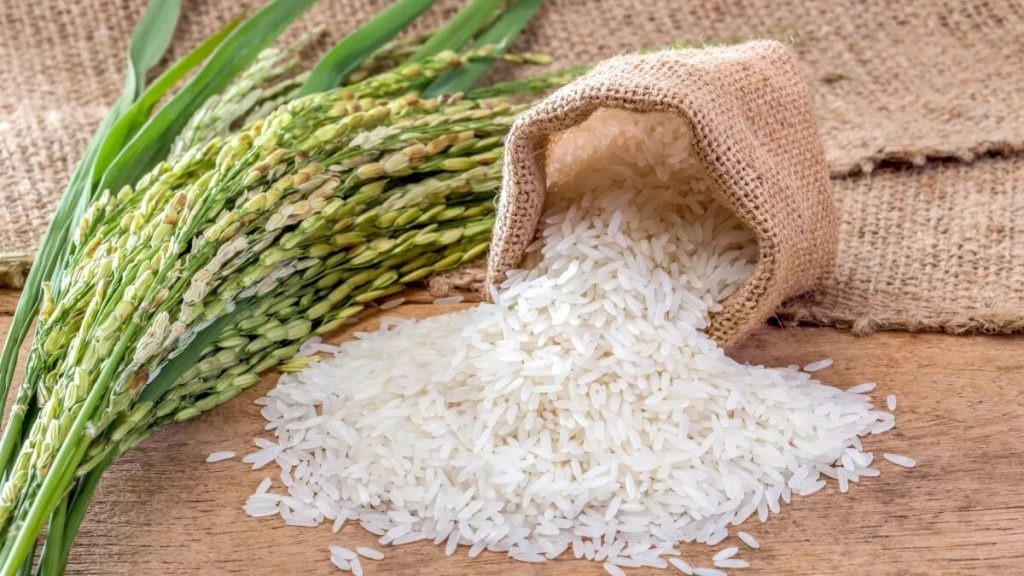Rising global rice prices to 15-year high threatens food security for billions

Against the backdrop of a drought in Asia, global prices for rice, which is the staple food for 3 billion of the Earth's 7.8 billion people, reached an almost 15-year high as of August 9. White Thai rice, the benchmark for Asian exporters, rose to $648/t on Wednesday, up 50% from the August 2022 price, according to the Rice Exporters Association of Thailand.
The rapid rise in rice prices began in July after the UN World Meteorological Organization announced the resumption of the El Nino phenomenon, a phenomenon of changes in ocean surface temperatures that lead to droughts, after a 7-year hiatus. According to forecasts, the phenomenon will continue at least until the end of 2023. Prices were also affected by India's decision to ban the export of 80% of rice (except basmati) in order to contain domestic prices. According to the US MSG, in 2022/23, India provided 40.5% of the world's rice exports, placing it among 100 countries.
On July 29, the Ministry of Economy of the UAE announced a temporary (for 4 months) suspension of export and re-export of all varieties of rice in order to ensure the domestic market. On the same day, the Russian Federation banned the export of rice until December 31, 2023. The second largest exporter of rice in the world (15.3% according to the US MSG) - Thailand has not yet restricted exports, but urged its farmers to reduce the area of rice sowing due to the decrease in rainfall. which in the current season were 40% less than the norm, since 2500 liters of water are needed to grow 1 kg of rice.
According to the UN FAO report, which lists the specified factors, the food price index in July increased by 1.3% compared to June to 123.9p, primarily due to the increase in the price index for all types of rice by 2.8% (+19 .7% for the year) to the highest level since September 2011.
Climate risks for the global rice crop were discussed in the report of the World Economic Forum. In addition to the countries of Asia, the rice belt of California will also be affected, where before 2022/23 MR, the area planted with rice has halved.
In early 2022, India banned the export of wheat against the backdrop of a reduction in its own production, and is now considering the possibility of importing it to meet domestic demand, which will lead to another increase in wheat prices.
The world's third largest exporter of rice (13.5% according to US MSG) - Vietnam plans to take part of the world rice market from India thanks to increased production in the Mekong River Delta.
Rice and wheat are interchangeable crops on world markets, and the current season's wheat harvest is expected to be at last year's level.


